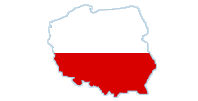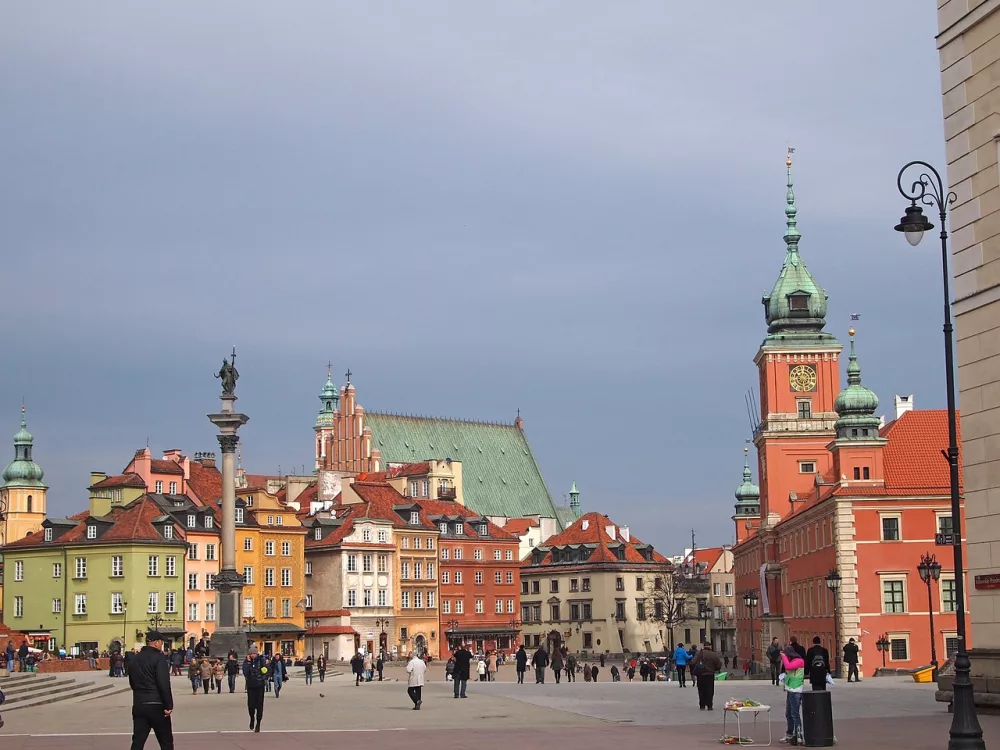Warsaw guide 
The capital of Poland was almost destroyed at the end of World War II. Today, the carefully reconstructed Old Town with the Barbican, the Royal Castle and the Cathedral of St. John the Baptist is a UNESCO World Heritage Site. Add to that the lively atmosphere of the markets and cafes, and traditional Polish specialties like pierogi, and you will find that Warsaw is definitely worth a visit.
Monuments and sights - The most famous monuments in Warsaw, such as the Royal Castle, the Barbican or the Cathedral of St. John the Baptist.
Accommodation - In which part of Warsaw to stay? Recommendations for verified accommodation from luxury hotels to apartment accommodation to cheap guesthouses.
Practical advice - How to travel around the city, where to shop, where to relax or do sports?
Food and drink - Tips for local specialties such as pierogi, bigos, žurek or even Warsaw dumplings or flaki.
Weather - The best time to visit Warsaw, year-round and current weather forecast.
Celebrities - Famous composers, scientists and writers who lived and worked in Warsaw.

Warsaw, the capital of Poland, plays a key role in the country's politics, economy and culture. Approximately 1.8 million inhabitants live here and it covers an area of 517.24 km².
Warsaw is not only an independent administrative entity, but also the seat of the Masovian Voivodeship.
It lies in the central part of Poland and is connected to the Baltic Sea by the Vistula River.
The first mentions of Warsaw come from the 13th century. The city developed rapidly and in 1596 it became the capital of Poland when King Sigismund III. Vasa moved his court from Kraków.
During World War II, the city was almost completely destroyed by the Nazis. The Warsaw Uprising of 1944 was a significant but tragic chapter in the city's history. Unfortunately, the great determination of the Poles could not defeat the better-armed Nazis, and the Russian army stood by and did not come to the aid of the Varsovians. The Nazis killed around 200,000 insurgents and civilians and expelled the rest, practically razing the city to the ground. After the war, Warsaw had to be extensively reconstructed.
The main monuments and tourist attractions include The Old Town, the Royal Castle, the Spa Parks, the Palace of Culture and Science or perhaps the Warsaw Uprising Museum.

Warsaw has a well-developed public transport system, including metro, trams, buses and suburban trains. There is also a large railway station (Warszawa Centralna) and 2 airports. The largest Polish airport is named after the famous composer, Frédéric Chopin Airport, and the smaller Warsaw Modlin Airport is located 40 km from the city centre.
Warsaw is home to many cultural institutions, including the National Theater (Teatr Narodowy), the National Philharmonic (Filharmonia Narodowa) and the Grand Theater (Teatr Wielki).
Important universities include the biggest polish one: University of Warsaw (Uniwersytet Warszawski) established in 1816 and the Warsaw University of Technology (Politechnika Warszawska), that was founded 10 years later.
Warsaw, as the economic center of Poland, is home to many international companies (e.g. Samsara or Microsoft), banks (e.g. Santander) and financial institutions. The city has a developed service, IT and innovation sector. In recent years, it has also experienced a boom in the construction industry and real estate market.